Introduction
For most adults, the idea of being bullied by someone in school was nothing new. Many thought that bullying, although not a pleasant act, was a part of growing up and was basically harmless. Then came the tragedies of Columbine and other schools that redefined the consequences of bullying. Today, the problem of bullying continues to grow. According to recent figures more than 15% of school age children are affected by bullying.
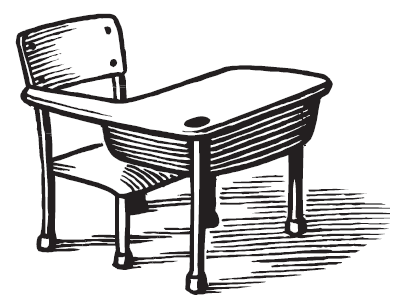
What Bullying is Not
Bullying is NOT sibling rivalry or disagreements between evenly matched kids.
What Bullying is
Bullying refers to deliberate, unprovoked actions by one or more children against another that are meant to cause harm and fear.
There are three basic ingredients in all bullying behavior:
An imbalance of power
Bullies are often bigger or stronger, have greater verbal ability than their target and may be more popular with their peers.
An intent to do harm
There is no doubt that the actions are meant to hurt the targeted child.
A threat of further acts of aggression
The bully makes it clear that this will happen again.
And if the bullying is not stopped, the initial fear of the bully turns into terror. At this point, the bullied child will feel so powerless and afraid that he/she will be unable to fight back or get help.
Types of Bullying
Bullying can be physical, psychological or both.
- Physical bullying includes hitting, slapping, kicking and twisting of arms.
- Psychological bullying includes name-calling, taunting, ridiculing, racist and sexist comments. This kind of bullying also can involve excluding and rejecting a child by a group of other children.
Generally, boys will be more physical and direct in their bullying than girls. More often girls tend to use psychological bullying (excluding and ridiculing) but whether the bullying is physical or verbal the results can be devastating.
What Makes a Child a Bully?
Children are not born bullies. They are taught to bully. Generally children who bully are impulsive and have little concern for the feelings of others. They crave attention and like to dominate other children. Research indicates that some children learn bullying behavior by the time they are preschoolers. According to this research, many young children who have little or no empathy and who learn from their parents to always hit back can become bullies before entering kindergarten.
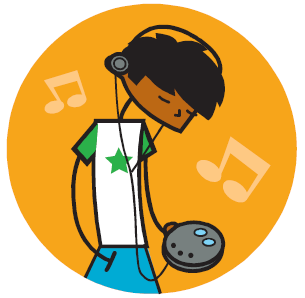
Bullycide and Striking Back
When the pain of bullying continues unchecked, the hurt and humiliation deepen and can bring tragic results. Sometimes the pain is directed inward and the bullied child hurts him/her self. Bullycide is when bullied children decide that killing themselves is the only relief from the pain. Other children choose to strike back at those who bullied them and anyone connected to their torment and this can result in school shootings and other social violence.
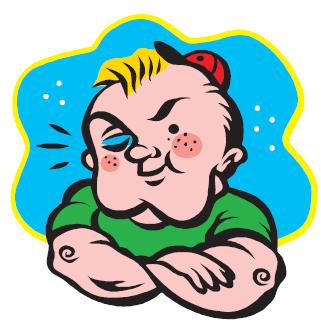
Warning Signs That a Child is Being Bullied
Often the bullied child will not come right out and tell anyone because they are afraid and ashamed. That is why it is very important to pay attention to any changes in the child's general behavior. Some of the warning signs a child is being bullied are:
- A sudden lack of interest in school and after school activities
- Grades begin to drop
- Withdrawing from school and family activities
- Torn or missing clothing
- Unexplained bumps and bruises
- Very hungry after school could mean that lunch money is being taken
- Changes in sleeping routines, such as, child is unable to sleep
- Often complains of feeling sick, especially stomach aches and headaches
- Threatens to hurt self and others
- Starts to bully other children

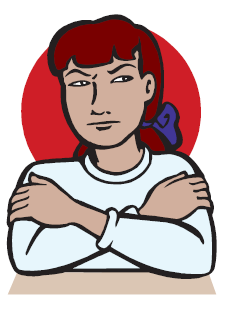
Warning Signs That a Child is a Bully
Bullies come in all shapes and sizes but their actions give them away. A bully will often:
- Try to dominate and manipulate others
- Enjoy feeling powerful and in control
- Be both a poor winner AND a poor loser
- Blame others for his/her problems
- Be good at hiding negative behavior from adults
- Have a history of discipline problems
- Show uncontrolled behavior
- Lack empathy for others
How to Help
It will take the combined efforts of parents, children, teachers and the community to stop the problem of bullying. Open communication is the key. Here are some suggestions on how to begin.
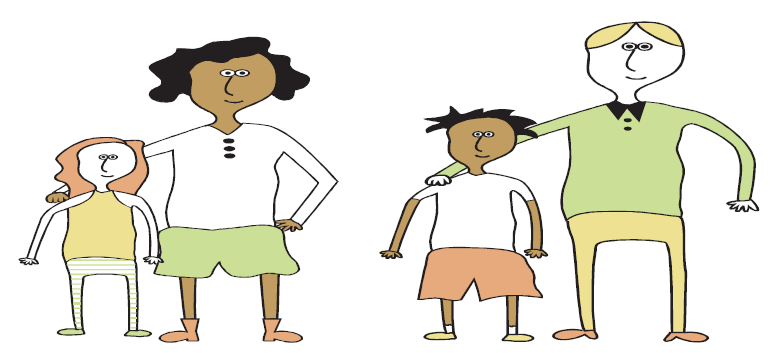
If You Think Your Child is the Bully
- Make it clear that bullying is UNACCEPTABLE
- Have fair and consistent consequences for bullying behavior
- Teach and reward positive behavior
- Help your child learn positive ways to handle anger and frustration
- Help your child understand the feelings of the targeted child
- Help your child to make amends for the bullying
- Get professional help if the bullying continues
- Possibly the most difficult, if the school contacts you, try to stay calm and agree to work with the school to help your child
If You Think Your Child is Being Bullied
- Do make sure that your child knows that being bullied is not his/her fault
- Do let your child know that he/she does not have to deal with this alone
- Do teach your child to be assertive
- Do report the bullying to the school
- Don't minimize the bully's behavior
- Don't try to mediate the situation
- Don't tell your child to fight back
Start a Bullying Prevention Program
According to the National Mental Health Information Center, it is important to include these steps when developing bullying prevention programs:
- Increase the awareness of bullying problems for everyone: teachers, students, parents and the entire school staff
- Assess the scope of the problem in your area
- Identify both the bullies and the bullied
- Intervene, in a timely way, with clear and consistent consequences for the bully and support and protection for the bullied
- Encourage the bystanders/witnesses to intervene appropriately to help stop the bullying
- Reward positive social behavior for all children
Bullying: No Way
Teach your child NOT to be a victim
- Instill self confidence in your child
- Help your child to develop positive social skills
- Teach your child to speak up for self
- Teach your child to ask for help from you, teacher or other trusted adult
Teach your child NOT to bully
- Be a model for assertive not aggressive behavior
- Say it loud and clear - violence is NOT acceptable
- Teach your child to speak up for self
- Help your child find non-violent ways to deal with anger and frustration
- Seek professional counselors to help stop bullying behavior
References
- Barone, B., Kearns, J., Quinn, B.K., Stackhouse, S., Zimmerman, M. E. (2003). Using a novel unit to help understand and prevent bullying in schools. Journal of Adolescent and Adult Literacy, 46:7, 582-591.
- Bullock, J.R. (2002). Bullying among children. Childhood Education, Spring 2002, 130-133.
- Clip Art licensed from the Clip Art Gallery on Discovery.com (October, 2004)
- Coloroso, B. (2003). The bully, the bullied and the bystander. New York: HarperCollins.
- Durosimni, B.1997.FS-97-42 Bullies, University of Nevada Cooperative Extension, Las Vegas, Nevada.


